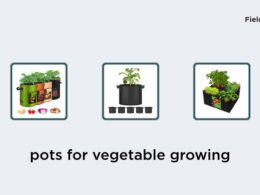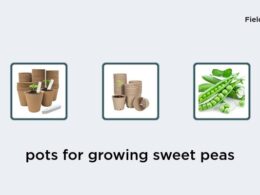Is it Better to Plant in Garden Bed or Ground?
Most people who wish to set up a garden will face the challenge of deciding whether to plant in a traditional garden bed or in raised beds. When making these decisions, it is crucial to take into consideration the various advantages that each option presents. In this article, we shall focus on the benefits of raised beds and how they can improve your gardening experiences.Advantages of Raised Beds for Prolonged Growing Seasons
One of the most significant benefits of raised beds is that they provide a longer growing season. This is particularly true for plants that are susceptible to frost damage. Planting in a raised garden bed allows the soil to warm up more quickly in spring, helping the plants to start growing earlier. Consequently, this extended growing season allows gardeners to enjoy fresh produce for a more extended period, allowing more time to reap the benefits of your hard work.How Raised Beds Can Provide Warmer Conditions in Spring
Raised garden beds are built above the ground level, allowing the plants’ roots to be closer to the surface. This means that warm air and sunlight can penetrate the soil more efficiently, creating warmer conditions that are ideal for growing plants. As a result, raised beds are much warmer in the spring, an opportune time for planting crops after the winter has ended. A warmer soil temperature means healthier and more robust plants, which in turn leads to better yields.The Importance of Proper Soil Preparation for Raised Beds
Proper soil preparation is crucial when planting in raised garden beds. It is essential to ensure that the soil is adequately mixed, amended, and conditioned before planting. Adding organic matter such as compost, manure, or shredded leaves into the topsoil is crucial to creating nutrient-rich soil. The right soil composition in a raised bed helps retain the moisture necessary for the plants to grow, leading to better yields.Benefits of Proper Soil Preparation
- Improved soil structure
- Increase soil nutrients
- Improved soil drainage
- Promotes healthy plant growth






















